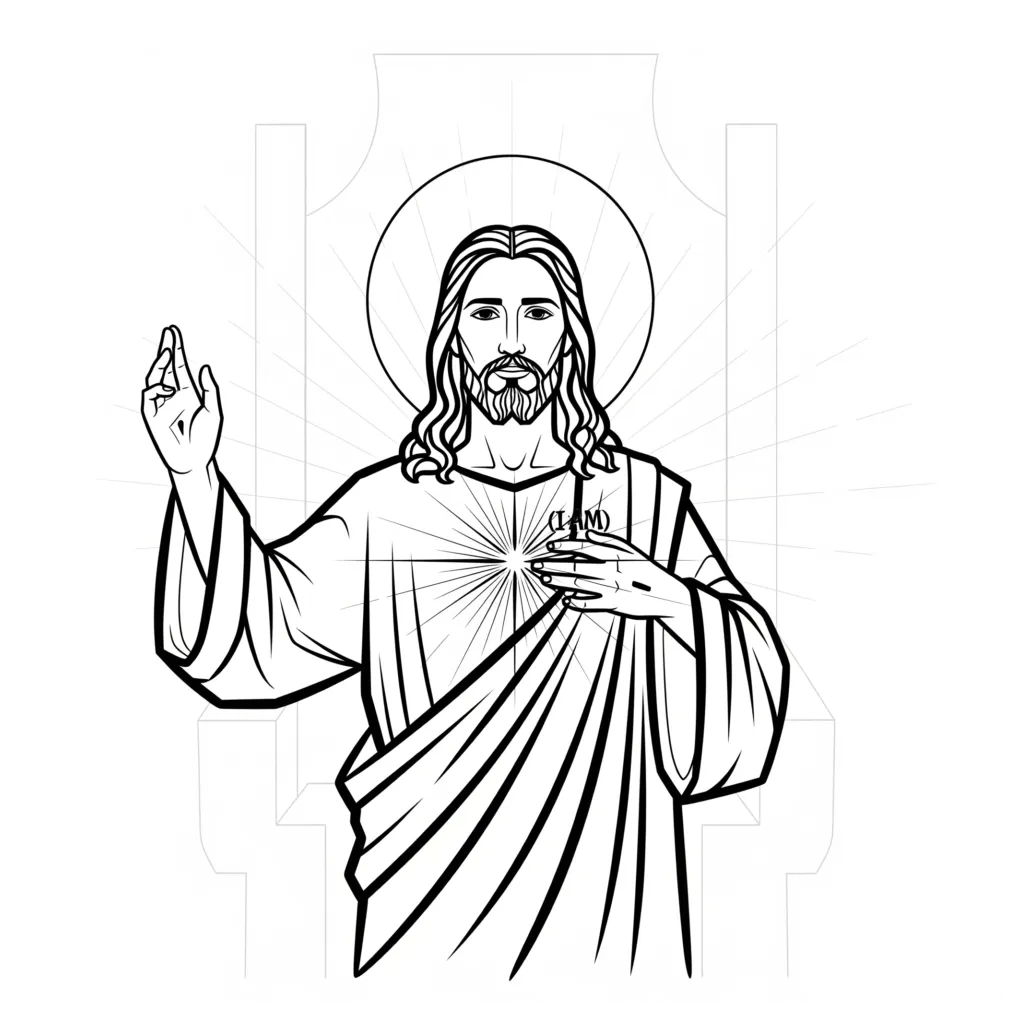
Hebrews chapters 7 through the end of chapter 9 are not theological arguments about religion, ritual, or divine favour. They are a precise psychological description of how the human mind approaches consciousness, worth, and identity — and how that approach must change for peace to appear.
Read psychologically, Hebrews explains the transition from self-judgement and effort to direct identity with I AM. This aligns exactly with Neville Goddard’s teaching that imagination and awareness are the creative power, and that peace comes not from correction but from assumption.
What “the priesthood” means psychologically
In Neville’s framework, a priest is not a person. A priest symbolises the inner mediator — the method by which the mind approaches its own awareness.
Whenever Hebrews speaks about priests, priesthoods, or priestly access, it is describing how consciousness is approached.
The question Hebrews is addressing is simple: How does the mind relate to I AM?
Hebrews 7 — Why the old priesthood had to change
“If perfection were through the Levitical priesthood…”
Psychologically, the Levitical priesthood represents:
- External effort
- Rules and regulation
- Self-improvement as a path to peace
- Constant self-measurement and correction
Hebrews states that if this approach worked, nothing new would be required. But it did not work — not because people failed, but because the system itself was flawed.
Neville expresses the same idea differently: You cannot reach peace by fixing the outer man.
Therefore, Hebrews concludes that the law must change — not morality, but method. The way the mind approaches awareness must be transformed.
Melchizedek — the new priesthood
Melchizedek appears without genealogy, history, or qualification. Psychologically, this symbolises direct relationship with I AM.
There is no process, no lineage, and no earning. Awareness does not need permission to be itself.
In Neville’s terms, this is the shift from seeking God to awakening as God.
The new priesthood represents:
- Assumption instead of effort
- Identity instead of behaviour
- Being instead of earning
Hebrews 8 — The covenant is internal
“I will write my laws in their minds and in their hearts.”
This is not a promise of new rules. It is a description of a new operating system of consciousness.
The old covenant depended on external correction and continual self-evaluation. The new covenant describes consciousness creating experience directly, without intermediaries.
Neville states this plainly: The law is not something you obey. It is something you use.
Hebrews 9 — The holy place explained psychologically
The tabernacle described in Hebrews 9 is not a building. It is the structure of the mind.
- Outer court — the sensory world, appearances, and effort
- Holy place — thinking, imagining, reasoning
- Most holy place — pure awareness (I AM)
Under the old system, the priest could not remain in the Most Holy Place. He entered briefly, with fear, ritual, and distance.
Psychologically, this describes a mind that approaches awareness with guilt and separation — “God there, me here.”
Why only the high priest entered — and only once a year
This symbolises rare moments of clarity or relief. Temporary peace rather than stable rest.
In modern terms, this looks like brief spiritual insight followed by a return to self-judgement. Hebrews is explaining that this structure keeps the mind divided.
“Blood” — what it really means
Blood is not violence. Blood symbolises life and feeling.
Animal blood represents borrowed feeling — external substitutes for inner conviction. Christ’s blood represents your own felt assumption.
Neville teaches: Feeling is the secret.
The sacrifice is not punishment. It is the release of an old identity.
“Christ entered the holy place once for all”
This is not a historical event. It is a psychological shift.
Consciousness no longer moves in and out of worthiness. Awareness rests permanently in I AM.
The veil is gone. Separation collapses. The mind stops prosecuting itself.
The end of repetition — Hebrews 9 explained
“Not that he should offer himself repeatedly…”
Psychologically, this means:
- You stop trying to fix yourself
- You stop rehearsing guilt
- You stop sacrificing again and again
Because identity has shifted. The old self is not destroyed — it is simply no longer occupied.
As Neville says: You do not destroy the old man. You cease to occupy him.
The central message of Hebrews 7–9
Hebrews chapters 7 through 9 describe the end of self-judgement as a method of consciousness and the beginning of direct identity with I AM through assumption.
No priests. No rituals. No striving.
Only awareness knowing itself.
Leviticus Series | Jesus Christ: Salvation | Paul's Letters: Hebrews | True Priest Melchizedek
